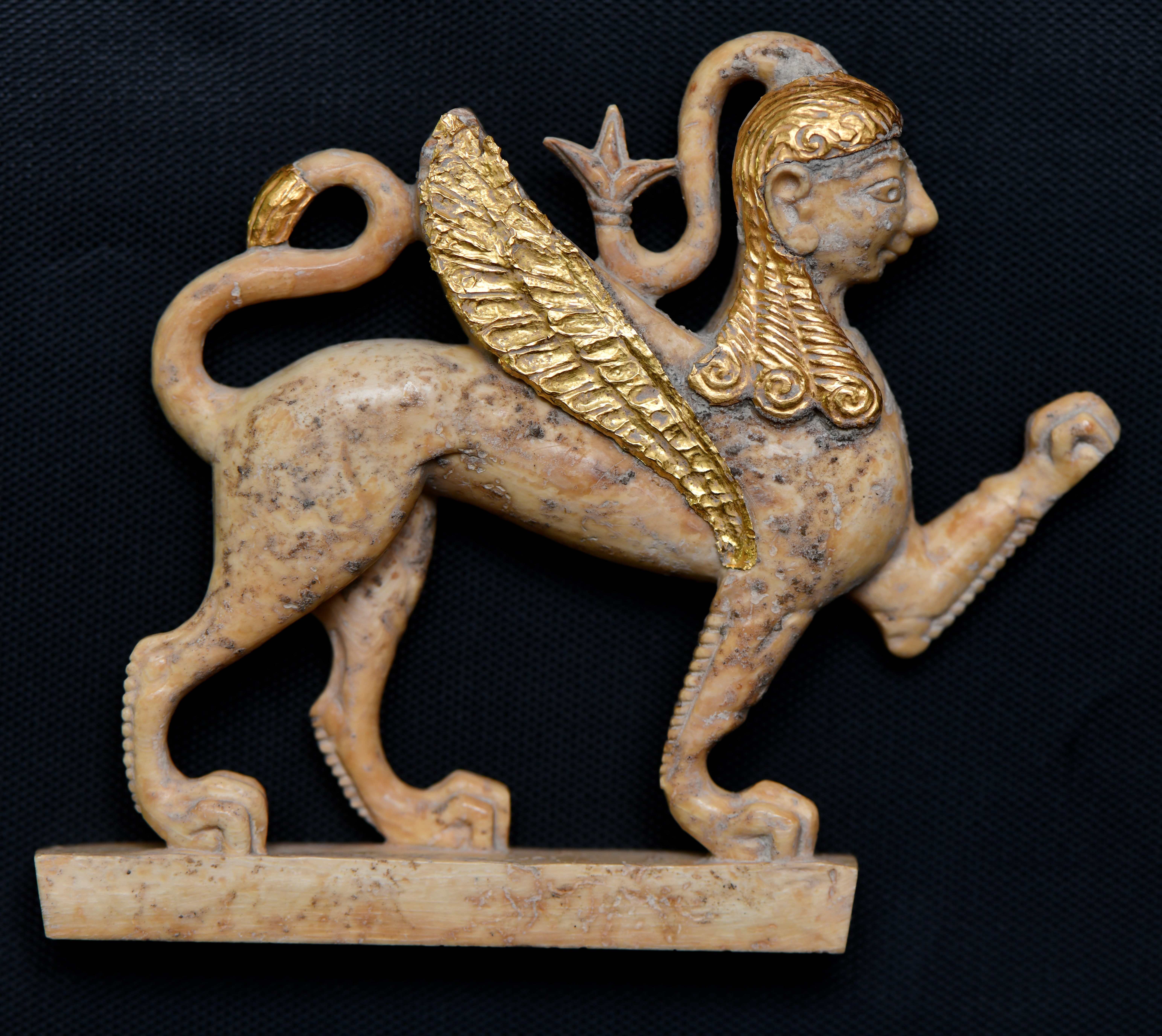
Sponsored by: AIA-Philadelphia Society, Penn Museum

Recent Field Work at Gordion
C. Brian Rose, James B. Pritchard Professor of Archaeology, Curator-in-Charge Penn Museum, Mediterranean Section & Director of Excavations at Gordion
Recent work has focused primarily on architectural conservation, research on tumuli, and remote sensing. On the south side of the Citadel Mound, the newly discovered city gate appears to have been in use for over 1200 years, from the 9th century BCE. to the 4th century CE, It features an approach road nearly 100 m long. The discoveries within the Mosaic Building include the only stone omphalos to have been found in Asia Minor and a gilded ivory sphinx that probably adorned a throne. The 8th century Tumulus 52 included over 3,000 beads of amber imported from the Baltic, and the 8-10 year old child found within the wooden chamber may have been a member of the family of Midas. Gordion was inscribed on the UNESCO World Heritage Site List in 2023, the 20th site in Türkiye to be so honored.
From Legend to Reality: Ancient Vehicles from the City of Gordion
Gareth Darbyshire, Gordion Project Archivist and a Penn Museum Research Associate
The fabled, prophetic Gordian Knot was associated with a cart or wagon that was linked in legend with Phrygian kingship, and this vehicle was reportedly dedicated to a divine power at the citadel of Gordion. Recently, the actual building in which this vehicle was housed has perhaps now been identified. More tangibly, archaeological evidence for a number of ancient vehicles — seldom found anywhere — has been revealed by the Penn Museum’s longstanding excavations at Gordion.
Some Ivory, Bone and Horn Puzzles
Phoebe Sheftel, PhD
Among the nearly 1,000 objects of bone, ivory, antler, horn and shell recovered at Gordion between 1950 and 2005, are three groups of pieces that still provoke puzzled interpretation. Thirty-nine bone objects found in Hellenistic contexts have a distinct rectangular shape, often with pronged ends. Various interpretations have labeled them as handles or containers of some sort. A dozen examples of ivory attachments with cylinders engaged on flat or curved strips and found in Middle and Late Phrygian contexts have eluded explanation. Finally, two horn pieces with three attachment holes have been compared to other objects dating from the 2nd millennium BCE to the Carolingian period (8th-9th CE).